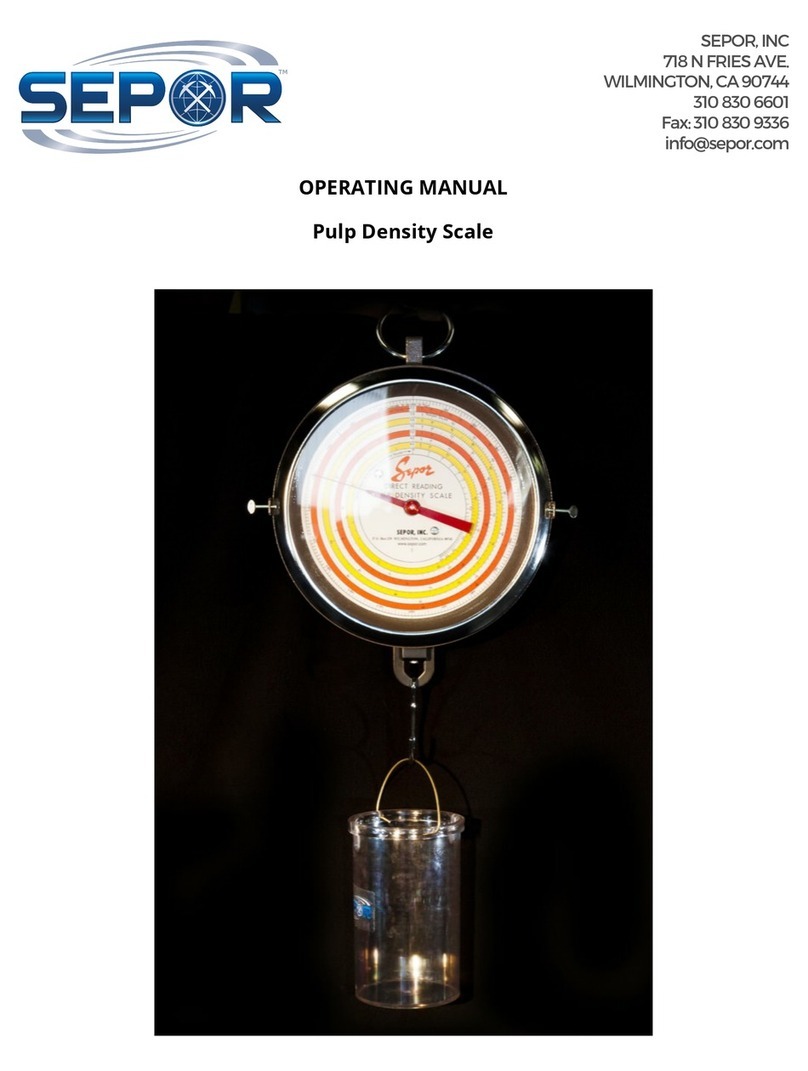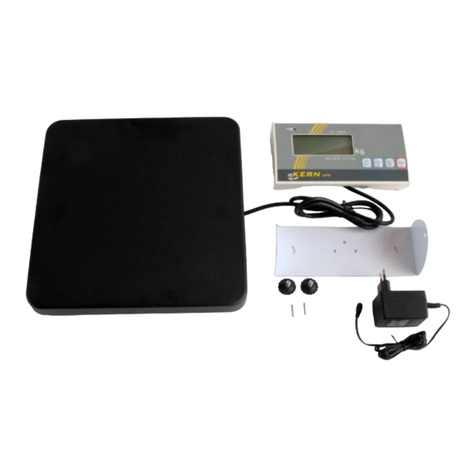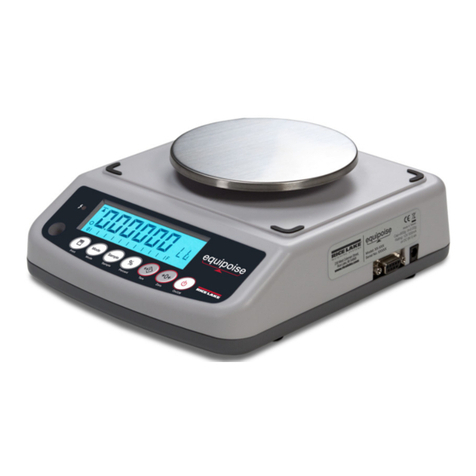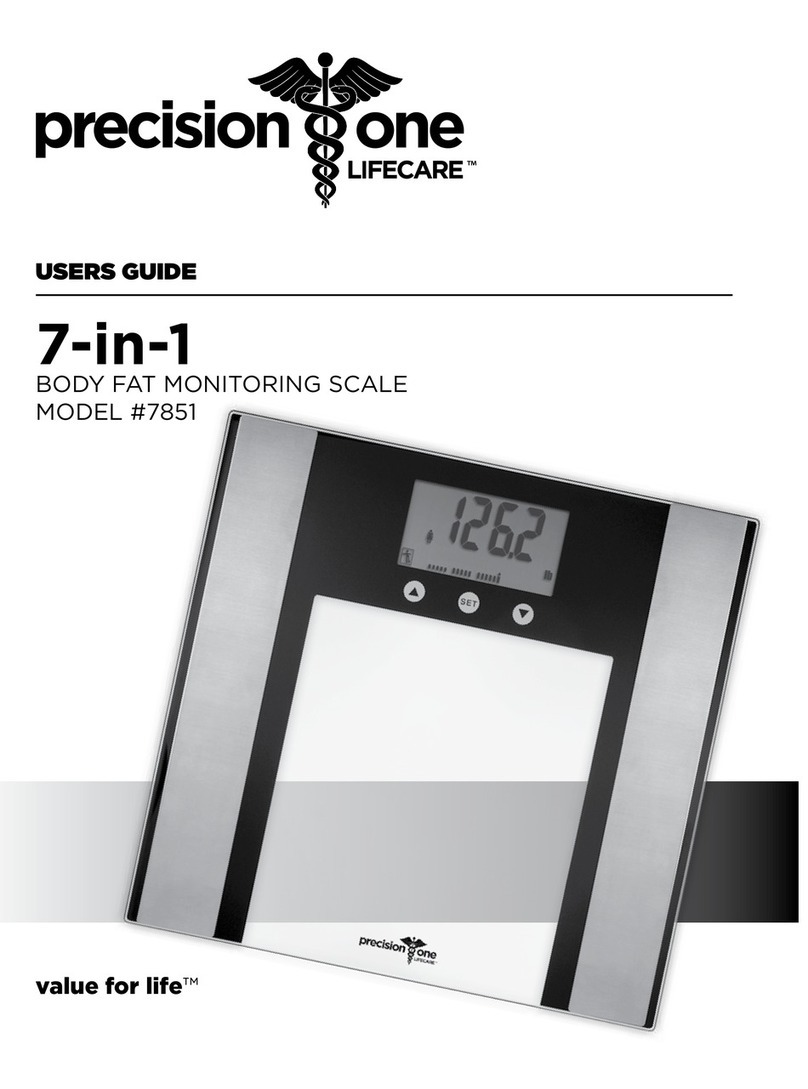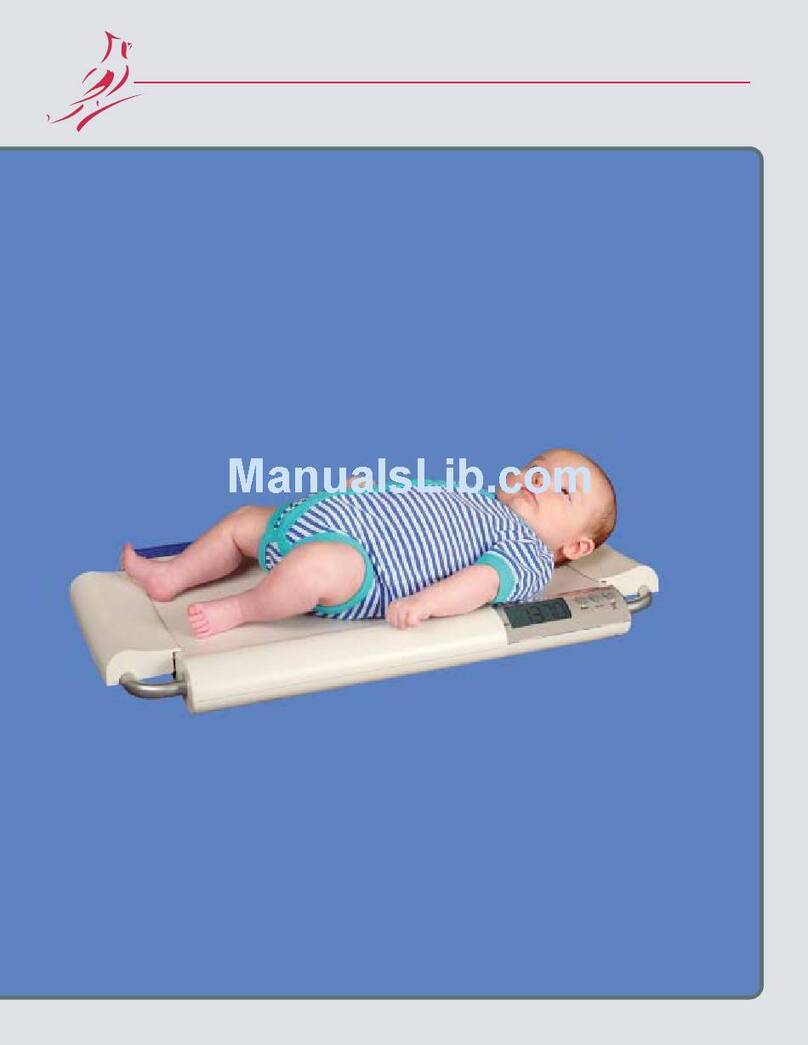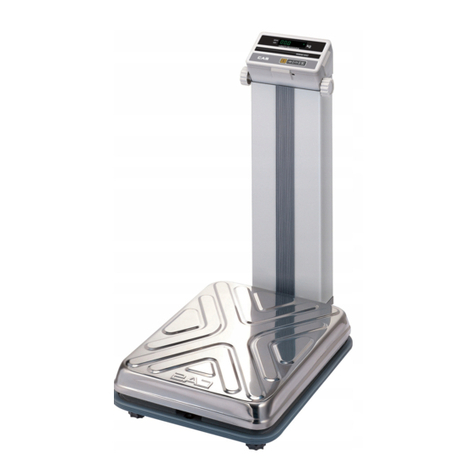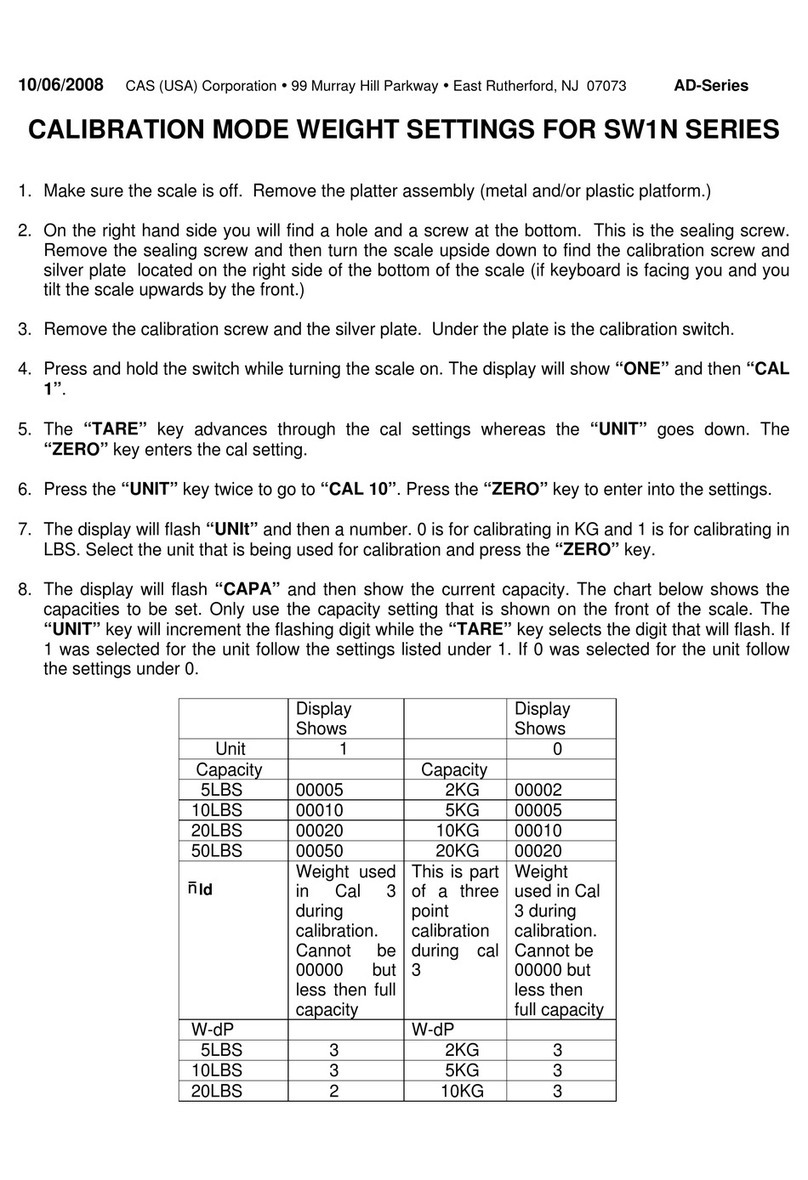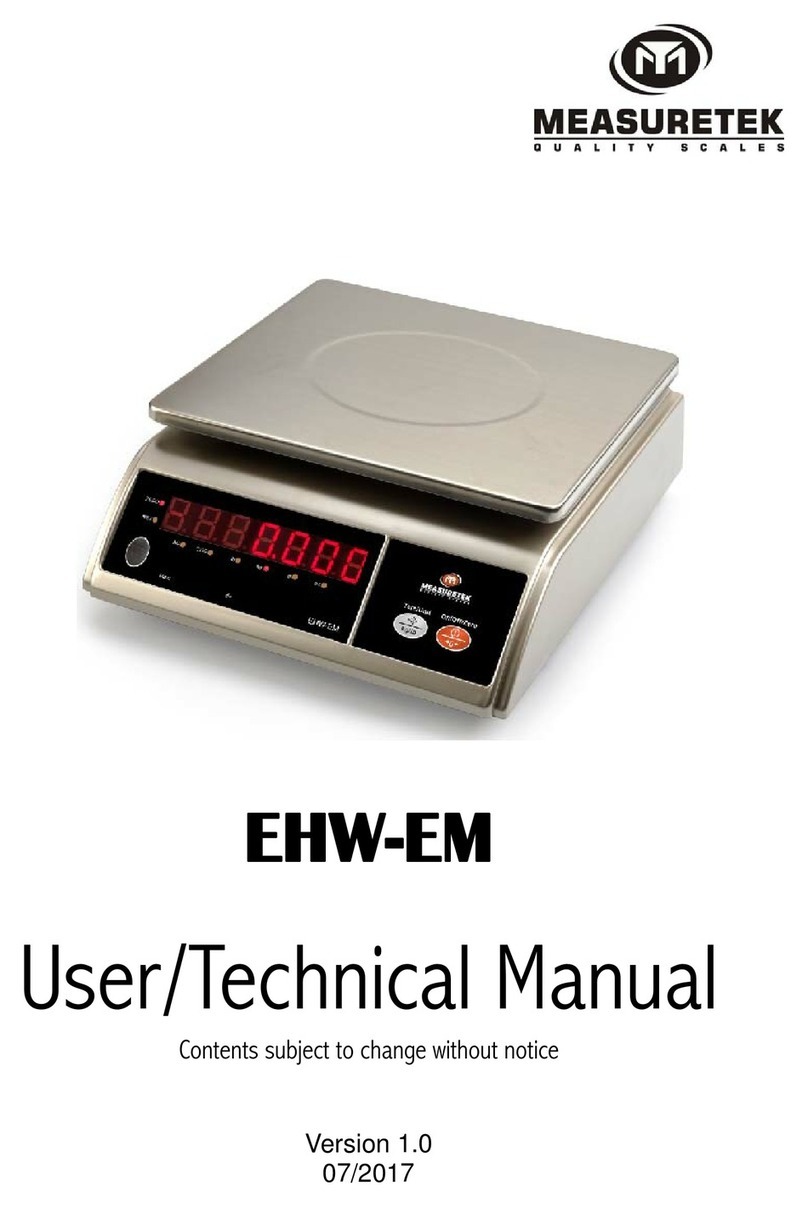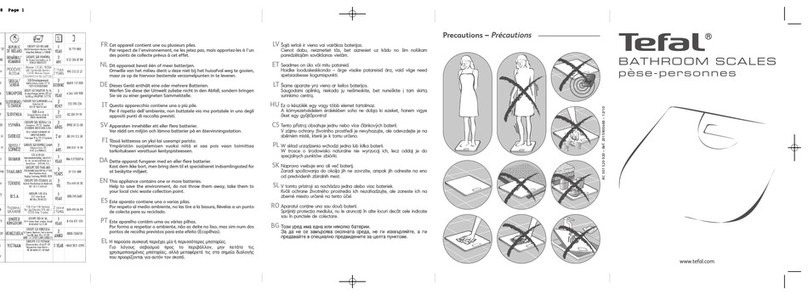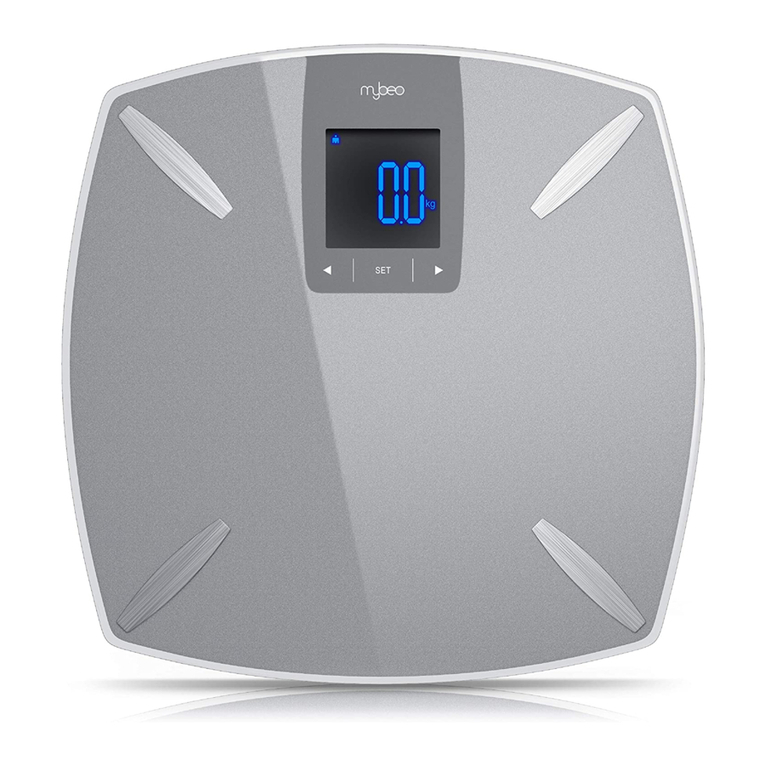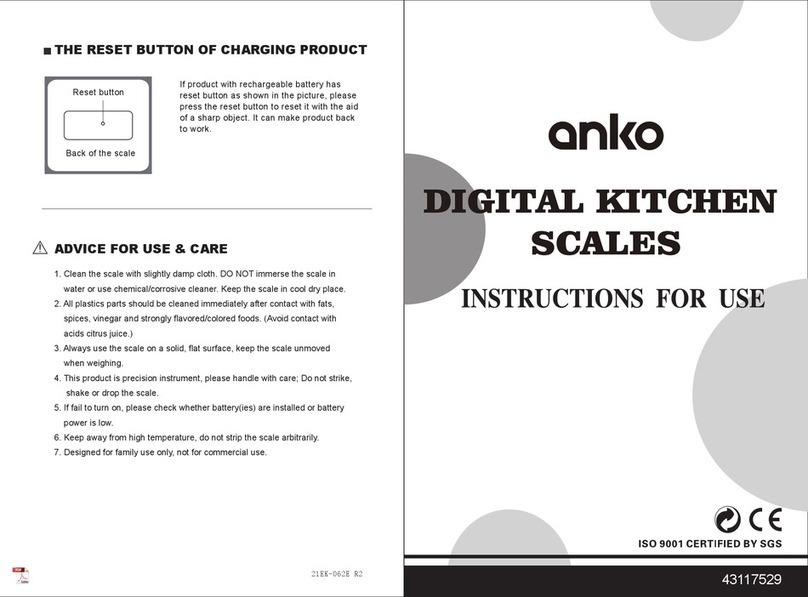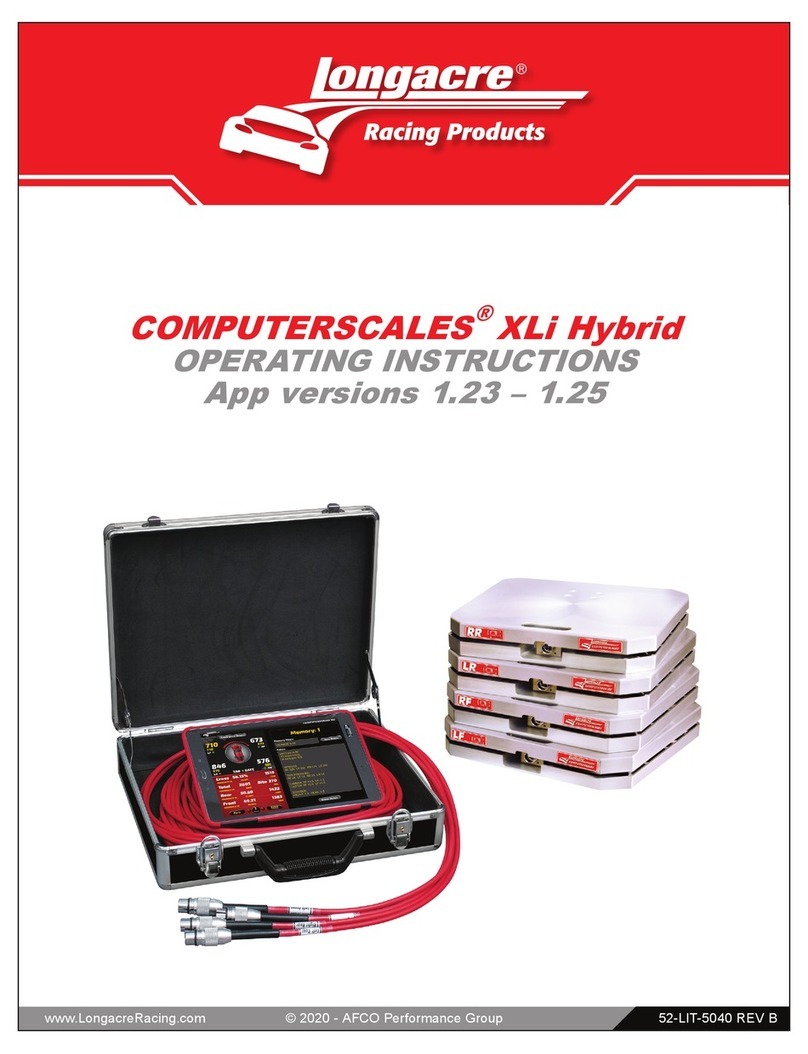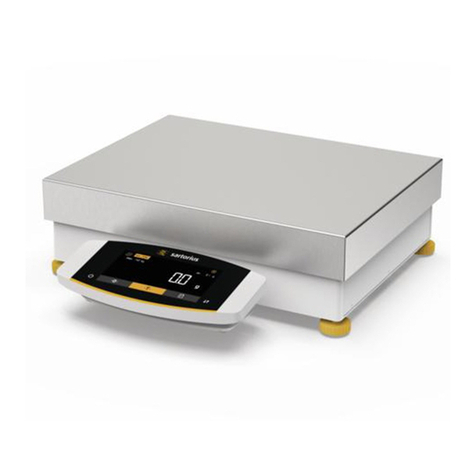Sepor FC BOND MILL Installation and operation manual

SEPOR, INC
718 N FRIES AVE.
WILMINGTON, CA 90744
310 830 6601
Fax: 310 830 9336
info@sepor.com
OPERATING & MAINTENANCE MANUAL
SEPOR FC BOND MILL

SEPOR YOUTUBE • JOIN MAILING LIST • VISIT WEBSITE | Sepor, Inc. 718 N. Fries Ave. Wilmington, CA 90744 USA
The F.C. Bond Ball Mill is a small universal laboratory mill used in calculating the grindability of
all ores.
GRINDABILITY IS THE NUMBER OF NET GRAMS OF SCREEN UNDERSIZE PRODUCED PER
REVOLUTION.
This Ball Mill can be used for units of time (hours, minutes) or it can be used for any number of
revolutions, according to the type of grind desired.
THE TEST: The standard Bond test, the feed is prepared by stage crushing to pass a 6 US
mesh (3.36 mm) screen. Eighty per cent (80%) of the ore to be tested should pass 6 mesh but be
retained on a 14 mesh screen (-6, +14). Ore to be tested is screened on a 6 mesh sieve with a 14
mesh sieve, a 60 mesh and fines pan. It is screen analyzed and packed into a 700 cm3 graduated
cylinder, and the weight of 700 cm3 is placed in the mill and ground dry at 250 % circulating
load. The mill runs at 70 rpm and has a grinding charge consists of 285 iron balls, ranging in size
from 5/8 inch to 1 1/2 inch in diameter, weighing 20,125 grams. It has a calculated surface area
of 842 sq. inches.
Because of variations in grinding ball sizes no exact number of balls of each size can be
specified. The ball charge is prepared by starting with 285 balls, consisting of approximately
equal weights of various sizes available these sizes include: 5/8 inch, 3/4 inch, 1 inch, 1 1/4 inch
and 1 1/2 inch, about 400 grams of each size. For every 0.002” increase in ball diameter the ball
weight varies 0.40% and the ball surface area varies 0.26%. Commercial grinding balls vary by 3%
to10%, and often up to 20%, when grinding media is scarce.
With 285 balls always present, some balls of one size are removed and replaced with the smaller
sized balls. This is continued until the total weight is as close to 44.5 pounds as possible, making
the last adjustment with the smallest size of balls. Do not remove all the balls any size. It is a
good idea to keep track of the number and size of balls required to make up a 285 ball, 44.5
pound weight FC Bond Ball Mill charge, for future reference. It can be used for future tests and
adjusted as required. It is apparently important to remove the same number of balls that are
being replaced, while adjusting the final weight as this insures the proper balance between
media weight and surface area. See pages 7 & 8 for more information on the tall charge
composition.

SEPOR YOUTUBE • JOIN MAILING LIST • VISIT WEBSITE | Sepor, Inc. 718 N. Fries Ave. Wilmington, CA 90744 USA
INSTRUCTIONS
Connect starting switch to power. Instructions are found on the inside of the starter. Position the
cover facing up by turning the switch to JOG (momentary contactor switch) to rotate the mill.
Alternately, the user can grab the mill by the handle on the lid and manually rotate the drum
into position. Remove the cover and gasket, then insert the sample and the ball charge. Replace
the gasket and cover. Set the counter to the desired number of revolutions, usually 50 for
coarser grinding, 100 for fine grinding. Turn the switch to RUN and press the START button. The
operator can stop the mill at any time by pressing the STOP button or by turning the switch to
the center position.
After the number of desired rotations count is reached, the mill will stop automatically. Turn the
switch to the center position. Using the JOG switch or grabbing the mill by the handle on the lid
or mill, rotate the drum until the cover is facing up. Remove the cover and gasket. Now, using
the handle on the bottom of the mill, or JOG switch, slowly turn the mill 180 degrees, so the
opening is facing the discharge pan. Sample and ball charge will fall into the receiving pan.
After The product is dumped, the ball charge is screened out, the 700 cm3of material is
screened on sieves of the mesh size tested, with a coarser protecting screen of 50 US mesh (300
μ) The undersize is weighed, and fresh feed is added to the oversize to bring its weight back to
that of the original charge. Then, it is returned on to the balls in the mill and ground for the
number of revolutions calculated to pro- duce a 250% circulating load, dumped and re-screened.
The number of revolutions required is calculated from the results of the previous period to
produce sieve undersize equal to 1/3.5th of the total charge in the mill.
The locked-cycle grinding test continues until the net grams of sieve undersize produced per mill
revolution reaches equilibrium and reverses its direction of increase or decrease. Then the
undersize product and circulating load are screen analyzed, and the average of the last three net
grams per revolution (Gbp) is the ball mill grindability. The ball mill work index, Wi (kWh/short
ton) is calculated from the following equation (Bond 1961):1
The mill should be cleaned by either blowing air into it or wiping the interior with a cloth and or
brush.
The FC Bond ball mill is now ready for the next sample.
1REPRODUCIBILITY OF BOND WORK INDEX WITH DIFFERENT STANDARD BALL MILLS, E. Kaya and
P. C. Fletcher, Phelps Dodge Mining Co and P. Thompson Dawson Metallurgical Lab, Inc.

SEPOR YOUTUBE • JOIN MAILING LIST • VISIT WEBSITE | Sepor, Inc. 718 N. Fries Ave. Wilmington, CA 90744 USA
FC BOND LAB TEST PROCEDURES
1. Crush ore to be tested to -6 mesh. Eighty per cent (80%) of the ore to be tested should pass 6
mesh but be retained on a 14 mesh screen (-6, +14). Ore to be tested is screened on a 6 mesh
sieve with a 14 mesh sieve, a 60 mesh and fines pan. The minus 14 mesh ore should be
screened and weighed to know the particle size distribution of the feed in the –14 mesh
material. The test volume is 700 ml or cc’s.
2. To determine the approximate weight of the 700 cc grinding test, take a 1000 cc graduated,
clear cylinder, and place the retained 14 mesh particles into the cylinder, shaking the cylinder to
compact the ore, and adding more until the ore compacts at 700 cc in volume. Weigh this
volume (@ 2.6 g/cc this would weigh 1,820 grams) and record the weight.
3. Sample splitters may be used to split numerous increments of the feed, and each increment
poured into the cylinder until the 700 cc volume is obtained.
4. The Ideal Period Product (IPP) is equal to the weight of the 700 cc sample in grams,
divided by 3.5.
5. Conduct a screen analysis and record the weights of each size fraction of the 700 cc feed test
sample.
6. Place the FC Bond Ball charge in the mill.
7. Place the feed sample in the mill.
8. Set the mill revolution counter for a specific number of revolutions for the first test. (Typically
50 for coarse or 100 for fine grinding). Push the mill start button. When the number of
revolutions has been reached, the mill will shut off.
9. Empty the mill, through a screen to retain the grinding balls. Return the balls to the mill.
Perform a screen analysis on the material and weigh each size fraction. Record the data.
10. Perform a screen analysis on the material and weigh each size fraction. Calculate the weight
of the under size (( -106 microns (140 mesh screen) or the size fraction being reduced to in
microns).
11. Determine the amount of undersize product present in test feed (if any).
12. Calculate the number of net grams produced per revolution, by dividing the undersize
weight (in grams) by the number of revolutions the mill rotated.

SEPOR YOUTUBE • JOIN MAILING LIST • VISIT WEBSITE | Sepor, Inc. 718 N. Fries Ave. Wilmington, CA 90744 USA
13. Calculate the number of net grams produced per revolution, by dividing the undersize
weight (in grams) by the number of revolutions the mill rotated.
14. Calculate the weight which should be ground in the next test in order to obtain the desired
circulating load. This amount is the IPP minus the amount of product size material present in the
feed. I.E., if the 700 cc sample were 1,820 grams the IPP, and the product were to be 106
microns, the feed was all between 6 mesh and 14 mesh, no product size material was in the
feed, the weight would be (1,820/3.5 = 520 grams). This is the amount that it is desired to grind
in the next test to the product size, in the example the product size is 106 microns.
15. Therefore, to determine the number of revolutions to set the counter for, for the next test,
divide the number above (desired circulating load) (520 grams) by the number of grams
produced per revolution. (In the example the mill ran for 100 revolutions, the undersize was
1260 grams, so 1260/100 = 12.6) Therefore, in the example 520/12.6= 41 revolutions.
16. Set the revolution counter to the number achieved in step no. 15.
Add new representative feed to replace the ground product size material (in the example 1,260
grams were ground in the first test, so 1,260 grams of feed would be added for the second test).
Again, place the grinding balls in the mill and start.
Repeat for at least 5 tests, recording the data each time. The grams per revolution value should
vary a little, but should approach an equilibrium value. A plot of net grams per revolution vs.
period number (test number) should show a upward or downward trend, and finally a reversal
of the trend on the 5th test. If no reversal is seen, continue the testing until no significant change
occurs in the net grams per revolution. Average the data of the last two or last three, or in a few
instances, the last four tests and calculate the corresponding percentage circulating load and net
grams per revolution.

SEPOR YOUTUBE • JOIN MAILING LIST • VISIT WEBSITE | Sepor, Inc. 718 N. Fries Ave. Wilmington, CA 90744 USA
The new Bond Work Equation:
Wi = (44.5/(P1)0.23 x (Gbp)0.82 x (10/(P)0.5 – (10/(F0.5)))
The value for G can be obtained by interpolating from the tables identified as Table II in the Bp
The F value, size in microns that 80% of the feed passes is recorded from screen tests,
statistically with cumulative totals, and interpolation, or by plotting per cent of total weight vs
screen size in microns.
The P value is from the grinding test, screen results with 80% or the ground sample passing the
micron size screen.
So, if 80% passes through a 100 mesh screen, the P value is 150 (100 mesh = 150μ). Gb can be
found from interpolating from TABLE II.
Table 1 is on Page 9 of this manual, while Table 2 is on page 10.
Actual FC Bond Mill Charge Weight versus the FC Bond Weight as
prescribed by Fred Bond — Theory Meets Manufacturing Reality
1. Due to the varying tolerance in manufacturing of grinding balls, a fraction of an inch in
diameter variance on a grinding ball will make a difference on the total weight of the grinding
charge. This was addressed by Fred Bond in response to queries made as to his specified charge
not meeting his own criteria, assuming they were spherical. Since it was (and is) very difficult to
obtain exactly the correct weight with the specified number and size of grinding balls, it was
decided that the number of balls, the total specific area of the grinding charge and the total
weight of the grinding charge should be kept the same, but that these factors should be arrived
at by substituting grinding balls of lesser weight and size until the 44.5 pound, 842 square inch
total area charge is achieved with 285 grinding balls.
2. Extra grinding balls are supposed to be furnished with each ball charge, for this purpose of
substitution, to achieve the desired weight.
The density of steel is 0.2834722 Lbs/Cubic Inch.
On the next page the tables compare steel spheres (perfectly machined steel, +/- 0.001”), to
grinding balls being +/- a few percent of the specified diameter. Acknowledging reality of

SEPOR YOUTUBE • JOIN MAILING LIST • VISIT WEBSITE | Sepor, Inc. 718 N. Fries Ave. Wilmington, CA 90744 USA
imperfect grinding balls, the Bond equation was modified to maintain the number of balls, 285,
and substitute 5/8” balls until the 44.5 pound ball charge weight was obtained with 285 balls.
The two tables (A & B) on the next page show how it was done using a as received ball charge,
with 40 extra 5/8” balls, to use for substitution.

SEPOR YOUTUBE • JOIN MAILING LIST • VISIT WEBSITE | Sepor, Inc. 718 N. Fries Ave. Wilmington, CA 90744 USA
Ball Dia (In)
Specified #
of
Balls
Ball
Weight,
Each, (Lb)
Ball Surface
Area (In2)
Total Weight
(Lbs)
Total Surface
Area (In2)
1 1/2"
43
0.5009
7.0686
21.54026
303.9488
1 1/4"
67
0.289894
4.9087344
19.42288
328.8852
1"
10
0.148426
3.14159
1.484256
31.4159
3/4"
71
0.062617
1.7671444
4.44581
125.4673
5/8"
94
0.036237
1.2271836
3.406251
115.3553
Specified Totals
by FC Bond
44.5
842
TOTAL
285
50.29945
905.0724
TABLE A. The above is FC Bonds Original Ball Specifications. It does not meet his requirement for
total weight or area.
Sphere area = 4 · π· r2 Volume of sphere = (4/3) · π· r3 Density of steel = 0.2834722 lbs/In3

SEPOR YOUTUBE • JOIN MAILING LIST • VISIT WEBSITE | Sepor, Inc. 718 N. Fries Ave. Wilmington, CA 90744 USA
Ball Dia (In)
Specified #
of
Balls
Ball
Weight,
Each, (Lb)
Ball Surface
Area (In2)
Total Weight
(Lbs)
Total Surface
Area (In2)
1 1/2"
41
0.5009
7.0686
20.538388
289.8117
1 1/4"
50
0.289894
4.9087344
14.494685
245.4367
1"
6
0.148426
3.14159
0.8905534
18.84954
3/4"
68
0.062617
1.7671444
4.2579586
120.1658
5/8"
120
0.036237
1.2271836
4.3484054
147.262
Specified Totals
by FC Bond
44.5
842
TOTAL
285
44.529991
821.5258
TABLE B. The above table is based on substituting smaller balls for larger ones to achieve apx.
44.5 lbs weight, and apx. 842 SqIn total surface area
Fred Bond specified a grinding charge as itemized in Table 1, above. He essentially described the
importance of there being 44.5 Lbs. Grinding charge, and 842 square inches of specific area for
the total ball charge, and 285 steel balls, in the following diameters 1.5”, 1.25”, 1”, 3/4” and 5/8”.1
As can be seen in table one, the charge Mr. Bond originally used varied in diameters, but
maintained the specific surface area and weight. This was most probably due to the tolerance in
the steel grinding balls, and what was accepted for a 1.5” grinding ball, etc..
1Reproducibility of Bond Work Index With Different Standard Ball Mills, E. Kaya, P Fletcher, P. Thompson

SEPOR YOUTUBE • JOIN MAILING LIST • VISIT WEBSITE | Sepor, Inc. 718 N. Fries Ave. Wilmington, CA 90744 USA

SEPOR YOUTUBE • JOIN MAILING LIST • VISIT WEBSITE | Sepor, Inc. 718 N. Fries Ave. Wilmington, CA 90744 USA

SEPOR YOUTUBE • JOIN MAILING LIST • VISIT WEBSITE | Sepor, Inc. 718 N. Fries Ave. Wilmington, CA 90744 USA
The control panel, pictured below, is simple, easy to operate, and virtually self explanatory. To
operate, first, using the buttons on the revolution counter, as explained on the previous page,
set the desired number of revolutions. Then make certain that the material to be tested and the
ball charge is in the machine, the cover in on and secured, and everything is clear from the
revolving path of the mill. Then, press the “Start” button, and the mill will begin to run, and will
continue to run until the number of revolutions set is reached. To empty the mill, use the “Jog”
switch by turning it to the right until the mill is in the desired position, then turn the switch back
to the position shown (Left). With the discharge pan beneath the mill, remove the top and the
balls and material will fall into the pan. The “Jog” switch can be used to “bump” the mill several
times, dislodging any stuck material. A brush can be used to completely empty the mill.
In the event the mill overloads, the overload circuit will disconnect power to the mill. The “Reset”
button, below, has a blue color, and will reset the power by simply pushing it. The enclosure may
be opened by inserting a flat blade screwdriver into the slot and turning until it releases.

SEPOR YOUTUBE • JOIN MAILING LIST • VISIT WEBSITE | Sepor, Inc. 718 N. Fries Ave. Wilmington, CA 90744 USA
To set the revolution counter, refer to the photo below. By pushing the bottom row buttons, the
counter number is increased. Pushing the top row of buttons decreases the counter number.
The actual revolutions is displayed in the digital led display. Then the digital display reached the
number input below, the mill shuts off.

SEPOR YOUTUBE • JOIN MAILING LIST • VISIT WEBSITE | Sepor, Inc. 718 N. Fries Ave. Wilmington, CA 90744 USA

SEPOR YOUTUBE • JOIN MAILING LIST • VISIT WEBSITE | Sepor, Inc. 718 N. Fries Ave. Wilmington, CA 90744 USA
Spare Parts Diagram, 1 of 2

SEPOR YOUTUBE • JOIN MAILING LIST • VISIT WEBSITE | Sepor, Inc. 718 N. Fries Ave. Wilmington, CA 90744 USA
Spare Parts Diagram, 2 of 2
See following page for Spare Parts List

SEPOR YOUTUBE • JOIN MAILING LIST • VISIT WEBSITE | Sepor, Inc. 718 N. Fries Ave. Wilmington, CA 90744 USA

SEPOR YOUTUBE • JOIN MAILING LIST • VISIT WEBSITE | Sepor, Inc. 718 N. Fries Ave. Wilmington, CA 90744 USA
FC BOND MILL, 60HZ • 010E-124
ITEM ID
DESCRIPTION
QTY
010E-T001
FC Bond Mill Cylinder
1
010E-T002
Table Assembly For Bond Mill
1
010E-T004
Chain Guard F.C. Bond Mill
1
010E-T005
Mounting Bracket F.C. Bond Mil
1
010E-C125
F.C. Bond Mill Controller Box
1
810ST126
Sensing M18 NPN 8mm 3 Wire
1
810ST173
Counter Timer 1/16 DIN 4 Digit
1
MO-191564
1hp 208-230/460V 1725 RPM 56C
1
GR-BMQ82125L56
Gearbox GRL-BMQ821-25-L-56
1
741ST107
Roller Chain ANSI #50-5/8" Pit
3
784ST168
1-7/16" Pillow Block UCP207-23
2
784ST292
Sprocket #50BS15 1-7/16" Bore
1
784ST291
Sprocket #50BS15 7/8" Bore
1

SEPOR YOUTUBE • JOIN MAILING LIST • VISIT WEBSITE | Sepor, Inc. 718 N. Fries Ave. Wilmington, CA 90744 USA
FC BOND MILL, 50HZ • 010E-126
ITEM ID
DESCRIPTION
QTY
010E-T001
FC Bond Mill Cylinder
1
010E-T002
Table Assembly For Bond Mill
1
010E-T004
Chain Guard F.C. Bond Mill
1
010E-T005
Mounting Bracket F.C. Bond Mil
1
010E-C125
F.C. Bond Mill Controller Box
1
810ST126
Sensing M18 NPN 8mm 3 Wire
1
810ST173
Counter Timer 1/16 DIN 4 Digit
1
MO-114638
1hp 208-230/460V 1725 RPM 56C
1
GR-BMQ82125L56
Gearbox GRL-BMQ821-25-L-56
1
741ST107
Roller Chain ANSI #50-5/8" Pit
3
784ST155
1-7/16" Pillow Block UCPX07-23
2
784ST292
Sprocket #50BS15 1-7/16" Bore
1
784ST295
Sprocket #50BS15 1" Bore
1
Other Sepor Scale manuals
